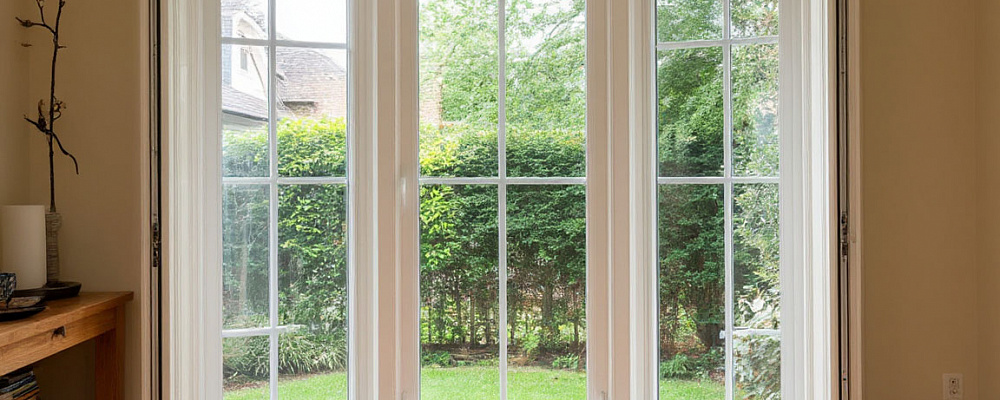Top 5 Mistakes to Avoid When Installing Windows and Doors: Common Errors and Their Consequences

1. Incorrect Measurements
Why Accurate Measurements Matter
One of the most common mistakes during window and door installation is taking incorrect measurements. Even a small error in measurement can lead to significant issues, such as gaps, poor sealing, or the inability to fit the window or door into the designated space. This mistake often occurs when homeowners or inexperienced installers rush through the process or fail to use proper tools.
Consequences of Incorrect Measurements
When windows or doors don’t fit properly, it can result in drafts, water leaks, and increased energy bills. Additionally, improperly sized installations can compromise the structural integrity of your home, leading to costly repairs down the line. To avoid this, always double-check your measurements and consult a professional if you’re unsure.
2. Skipping the Preparation Phase
The Importance of Proper Preparation
Another frequent error is neglecting the preparation phase before installation. This includes failing to clean the opening, not removing old caulking or debris, and ignoring the condition of the surrounding structure. Proper preparation ensures that the new window or door will fit securely and function as intended.
Consequences of Poor Preparation
Skipping this step can lead to uneven installations, poor insulation, and even damage to the new window or door. For example, if the opening isn’t level, the window or door may not close properly, leading to security risks and energy inefficiency. Always take the time to prepare the area thoroughly before beginning the installation process.
3. Using the Wrong Materials
Choosing the Right Materials
Selecting the wrong materials for installation is another common mistake. This includes using subpar sealants, screws, or insulation materials that aren’t designed for the specific type of window or door being installed. Many people opt for cheaper materials to save money, but this often backfires in the long run.
Consequences of Using Incorrect Materials
Using the wrong materials can result in poor sealing, reduced durability, and even structural damage. For instance, low-quality sealants may crack over time, allowing water and air to seep through. To avoid this, always use materials recommended by the manufacturer and consult a professional if you’re unsure about what to use.
4. Ignoring Insulation and Sealing
Why Insulation and Sealing Are Crucial
Proper insulation and sealing are essential for maintaining energy efficiency and preventing drafts. However, many people either skip this step or do it incorrectly. This often happens when installers rush through the process or lack the necessary expertise.
Consequences of Poor Insulation and Sealing
Failing to insulate and seal properly can lead to higher energy bills, uncomfortable indoor temperatures, and even mold growth due to moisture infiltration. To ensure a proper seal, use high-quality insulation materials and apply them evenly around the edges of the window or door.
5. DIY Installation Without Expertise
The Risks of DIY Installation
While DIY projects can be rewarding, installing windows and doors is a task that requires specialized knowledge and skills. Many homeowners attempt to save money by doing it themselves, only to encounter problems that require professional intervention.
Consequences of DIY Mistakes
Improper installation can lead to a host of issues, including structural damage, energy inefficiency, and even safety hazards. For example, a poorly installed door may not close securely, posing a security risk. If you’re not confident in your abilities, it’s always best to hire a professional to ensure the job is done correctly.
How to Avoid These Mistakes
Tips for a Successful Installation
- Hire a Professional: If you’re unsure about any aspect of the installation process, it’s always best to consult a professional. They have the expertise and tools needed to ensure a flawless installation.
- Invest in Quality Materials: Don’t skimp on materials. High-quality products may cost more upfront, but they’ll save you money in the long run by reducing maintenance and energy costs.
- Follow Manufacturer Guidelines: Always adhere to the manufacturer’s instructions for installation. These guidelines are designed to ensure optimal performance and longevity.
Final Thoughts
Installing windows and doors is a significant investment that can enhance the comfort, energy efficiency, and value of your home. By avoiding these common mistakes and taking the time to do the job right, you can ensure a successful installation that will stand the test of time.

